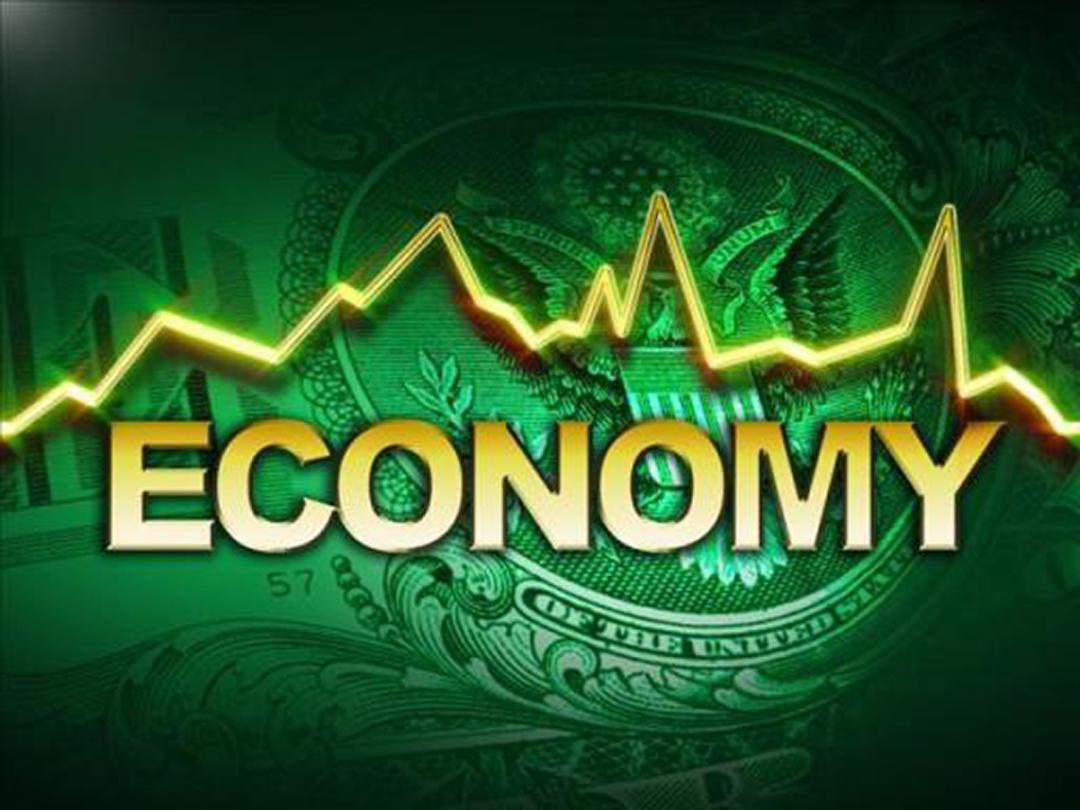Despite the Central Bank of Iran (CBI)’s report released earlier this month showing that the Gini coefficient has been on the rise over the past three years, a report by the Statistical Center of Iran (SCI) indicates that the ratio has been falling from 0.4099 in 2010-2011 to 0.3600 in 2013-2014.
The Gini coefficient is a measure of statistical dispersion intended to represent the income distribution of citizens, and is a commonly used measure of inequality. A Gini coefficient of zero represents perfect equality, where all values are the same (for example, where everyone has the same income). A Gini coefficient of one (or 100%) implies maximum inequality (for example where only one person has all the income or consumption, and all others have none).
The difference between the CBI and SCI data on the Gini coefficient is beyond negligible, especially noting that the two reports represent opposite trends of the Gini coefficient in the past years. The CBI report shows an upward pattern since 2011, whereas the SCI report implies that the trend has been downward.
One must bear in mind several issues while interpreting the Gini coefficient. A similar value may result from different distribution curves, and the demographic structure must be taken into account. Countries with an aging population, or with a baby boom, experience an increasing pre-tax Gini coefficient even if the real income distribution for working adult population remains constant. Scholars have devised over a dozen variants of the Gini coefficient.
Experts suggest that such discrepancies are not unexpected, considering the complications in the calculation of the Gini coefficient. “The Gini coefficient is easily miscalculated since its calculation is extremely difficult. As even a slight change in the Gini coefficient represents a significant change in the society’s income equality level, and since no evident sign of change is observed in Iran’s society in the past few years, one could conclude that the index has not changed significantly,” Financial Tribune’s Pouya Jabal Ameli commented on the discrepancies in the data.
On the other hand, it is only fair to expect the two government organizations to reach a conclusion about the exact figures of the Gini coefficient as the most commonly used measure of inequality in today’s economy. The government refers to the Gini coefficient for many of its macro and micro economic policies, thus a clear understanding of the country’s current income distribution and its historical trend is necessary.


